- Over 1 million successful rentals
Car Hire Trinidad and Tobago
Save time and money. We compare the offers of car rental companies in Trinidad and Tobago on your behalf.
- Free cancellation Up to 48 hours prior to the scheduled pick up time
- Best price guarantee Have you found a better price? Let us know and we will make you a better offer.
- 24000+ pick-up locations Locations around the world
Compare Car Hire
Carrentals.co.uk offers simple and straightforward car hire comparison services. We don't add a penny to your quotes!
Car rental offers in Trinidad and Tobago
Whether you're looking for a small rental car or a station wagon for the entire family, we will always have a suitable vehicle for the lowest price. Below are some examples from our selection in Trinidad and Tobago.
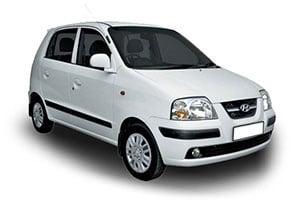
-
Alamo From£ 32 /day
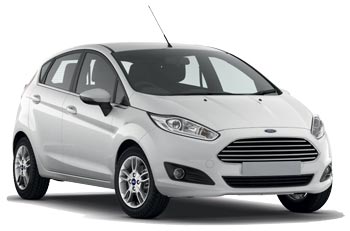
-
Europcar From£ 29 /day -
Routes From£ 36 /day
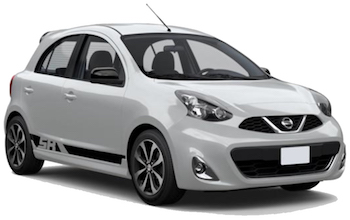
-
Alamo From£ 32 /day -
National Car Rental From£ 32 /day

-
Alamo From£ 33 /day

-
Europcar From£ 36 /day
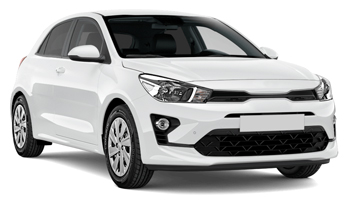
-
Sixt From£ 37 /day

-
Routes From£ 39 /day

-
Sixt From£ 45 /day

-
National Car Rental From£ 57 /day

-
Europcar From£ 31 /day

-
Europcar From£ 31 /day
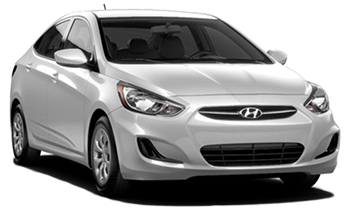
-
Alamo From£ 35 /day

-
Alamo From£ 34 /day
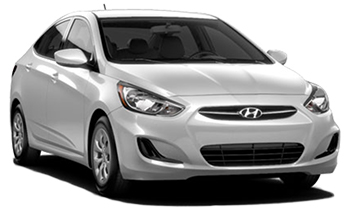
-
Alamo From£ 34 /day -
National Car Rental From£ 35 /day

-
Europcar From£ 38 /day

-
Europcar From£ 40 /day

-
Europcar From£ 40 /day

-
Alamo From£ 42 /day
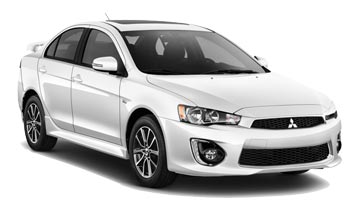
-
Europcar From£ 40 /day

-
Alamo From£ 43 /day -
National Car Rental From£ 44 /day
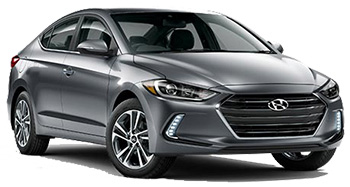
-
Alamo From£ 44 /day

-
Europcar From£ 48 /day
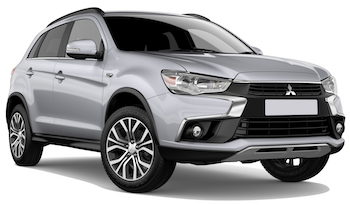
-
Europcar From£ 51 /day
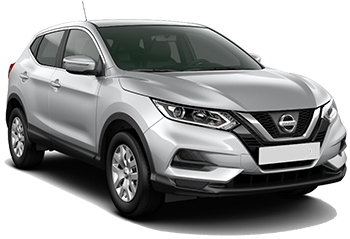
-
Alamo From£ 52 /day

-
Alamo From£ 56 /day

-
Europcar From£ 58 /day

-
Europcar From£ 58 /day
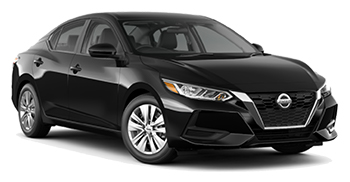
-
Alamo From£ 47 /day

-
Alamo From£ 53 /day

-
Alamo From£ 54 /day -
National Car Rental From£ 56 /day

-
Alamo From£ 56 /day

-
Alamo From£ 61 /day
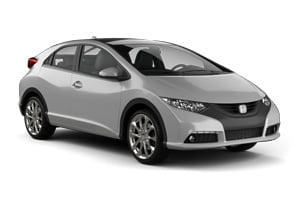
-
Europcar From£ 56 /day

-
Alamo From£ 62 /day
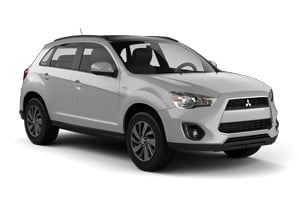
-
Routes From£ 63 /day

-
Europcar From£ 63 /day
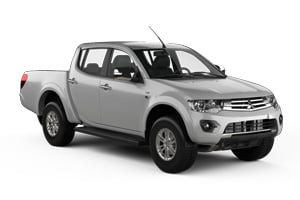
-
Europcar From£ 57 /day
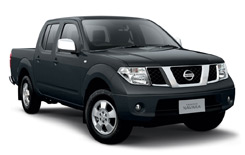
-
Alamo From£ 62 /day

-
Alamo From£ 69 /day -
National Car Rental From£ 72 /day

-
Europcar From£ 63 /day

-
Alamo From£ 78 /day

-
Europcar From£ 40 /day

-
Europcar From£ 47 /day

-
Europcar From£ 51 /day -
Routes From£ 63 /day

-
Alamo From£ 52 /day

-
Alamo From£ 56 /day

-
Alamo From£ 54 /day -
National Car Rental From£ 56 /day

-
Alamo From£ 56 /day

-
Alamo From£ 56 /day -
National Car Rental From£ 62 /day

-
Europcar From£ 58 /day

When to book a rental car in Trinidad and Tobago
Trinidad and Tobago - When is the most affordable time to rent a mini class car?
At this destination (Trinidad and Tobago), September is the most affordable time to rent a mini class car with an average daily rate of
Trinidad and Tobago - When is the most affordable time to rent a economy class car?
At this destination (Trinidad and Tobago), May is the most affordable time to rent a economy class car with an average daily rate of
Trinidad and Tobago - When is the most affordable time to rent a compact class car?
At this destination (Trinidad and Tobago), April is the most affordable time to rent a compact class car with an average daily rate of
Trinidad and Tobago - When is the most affordable time to rent an intermediate class car?
At this destination (Trinidad and Tobago), August is the most affordable time to rent a intermediate class car with an average daily rate of
Trinidad and Tobago - When is the most affordable time to rent a standard class car?
At this destination (Trinidad and Tobago), August is the most affordable time to rent a standard class car with an average daily rate of
Trinidad and Tobago - When is the most affordable time to rent a full-size car?
At this destination (Trinidad and Tobago), June is the most affordable time to rent a full-size class car with an average daily rate of
Trinidad and Tobago - When is the most affordable time to rent a SUV?
At this destination (Trinidad and Tobago), June is the most affordable time to rent an SUV with an average daily rate of
Trinidad and Tobago - When is the most affordable time to rent a MPV?
At this destination (Trinidad and Tobago), February is the most affordable time to rent an mpv with an average daily rate of
Car rental locations in Trinidad and Tobago
Carrentals.co.uk compares rental car prices at the following destinations

Trinidad and Tobago Guide
Trinidad and Tobago is best explored by rental car. Carrentals.co.uk has over 2 pick-up locations in Trinidad and Tobago. This means there is always a pick-up location close to your destination.
Most popular car hire locations in Trinidad and Tobago
Driving
Trinidad and Tobago is composed of 23 islands with plenty to offer. The country is well known for its national pride, its love of music and its blend of ethnicities and cultures. Stunning beaches, world-renowned dive sites and rainforest treks are all just a short drive away from the popular tourist spots. Tobago is the more laid-back island, while Trinidad boasts a multitude of natural attractions.
Driving Tips for Trinidad and Tobago
Although the main roads are well maintained, some of the coast roads can make for a bumpy ride. Traffic isn’t an issue, but drivers will find it hard to get around during the famous Trinidad and Tobago carnival in spring when many roads across the islands close.
Driving licences: UK drivers are permitted to drive here providing they hold a valid UK driving licence. Both the photo and paper sections of the licence are required.
Which side does Trinidad and Tobago drive on: the left.
Speed limits:
Motorways: 50mph (80kph)
Rural areas: 34mph (55kph)
Built-up areas: 34mph (55kph)
Alcohol limits: 0.08 per cent, which is the same as the UK limit.
Driving age: 17 years.
Seatbelts: are a requirement for all occupants over the age of two when sitting in the front seats. Although this is not strictly enforced, it is strongly advised for passenger safety. If a motorist is caught driving without a belt, they may face a fine.
Mobile phones and GPS: using a mobile phone while driving is illegal. GPS is available but not always reliable.
Cost of fuel in Trinidad and Tobago: considerably cheaper, around one-third of the price motorists would pay in the UK.
Car hire and fuel payment: credit card payment is not routinely accepted at petrol stations; however, paying for a rental car using a credit card is standard practice.
Insurance: third-party insurance is included with car hire, but excess insurance should be considered.
Traffic and parking: certain areas such as Queen’s Park, Savannah, can see a lot of traffic around rush hour. However, the majority of places see little traffic and parking in general is easy to find.
Transport
Taxis
Taxis are common; however, they are not clearly marked. The only indication is that the licence plates start with a ‘H’. Taxi stands are located at most street corners. Taxis tend to be shared and the fare is per person. As taxis do not run on a meter, it is important to agree on a price before setting off. Maxi taxis are also available for large parties, costing between £0.30 and £1, but these vehicles tend to primarily stick to the main roads and rarely agree to drop passengers off in any of the small towns.
Buses
The Public Transport Service Corporation, also known as PTSC, is the government-run public bus service. Buses are comfortable and reasonably cheap, with fares that range from £0.20 to £1.15, but the network is limited and services do not go to the more remote areas. A ticket is required prior to boarding and can be purchased from the larger bus terminals such as City Gate in Port-of-Spain. Here, visitors will also find timetables for bus services.
Ferries
As Trinidad and Tobago is made up of 23 separate islands, with Trinidad being the largest, ferries are necessary to get across the country. A domestic ferry service operates between San Fernando, in Tobago, and Port-of-Spain in Trinidad. Services run a number of times each day; the journey takes around 45 minutes and is reasonably priced at around £1.50 one way. The ferry only stops at these two main cities.
Airports
There are two main international airports, one in Trinidad and one in Tobago. Both receive flights from the UK with a number of carriers including British Airways. Piarco International Airport lies near Port-of-Spain in Trinidad and ANR Robinson International Airport, formerly known as Crown Point, is located at Scarborough, Tobago. Domestic flights between the two are possible and reasonably priced, with a return ticket costing around £30.
Explore
Exploring Trinidad and Tobago
The first stop for many tourists is Port-of-Spain. Although this city has a party atmosphere all year round, it really comes into its own at the beginning of Lent, carnival time. This is when the streets are flooded with bikini-clad revellers, music throbs from dusk until dawn and everyone shows off their dance moves.
Away from the main town there is Store Bay. This shoreline boasts white sands and clear waters, with many beachfront restaurants selling local foods. Any of the seafood is a must-try. For those visitors seeking peace and quiet, it’s best to head to the beaches on Tobago, which are less developed and a lot more secluded. Pigeon Point is perfect for this. While it may not have the most attractive name, the swaying coconut trees, white sand and aquamarine waters more than make up for this.
For those who can drag themselves away from the beach, the Asa Wright Nature Centre is a great place for wildlife spotting. With a huge number of native birds, reptiles and amphibians, there is plenty to see. The centre also offers accommodation for those who really want to get back to nature.
Weather
Temperatures here tend to remain the same year round, hovering around 27ºC. The rainy season, June to November, can be exceptionally humid. Peak season is in the dry season, December to May. This season sees virtually no rain, and with the carnivals that take place around this time, it can mean prices soar. November and June are ideal months to visit as the weather is good but crowds and steep prices are absent.
Practical information
-
CurrencyTrinidad and Tobago dollar
-
Driving directionLeft
-
City speed limit50 km/h
-
Freeway speed limit80 km/h
-
LanguageEnglish
-
Popular car categoryEconomy
What most people want to know
The following questions and answers are a selection of the most popular questions. If you do not find the answer to your question, have a look at the Frequently Asked Questions page or contact us.
- Alamo
- Avis
- Europcar
- ACE Rent A Car
- National Car Rental
- Hertz
- Sixt
- Thrifty
- Enterprise
- Mex Rent a Car
- Routes